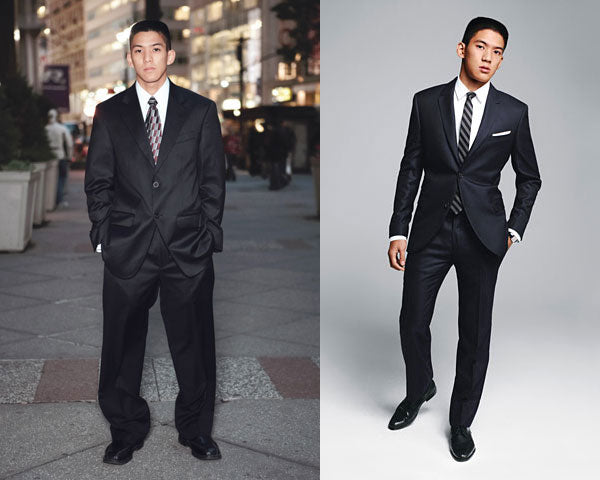Uncategorized
The Perfect Fit: Why Tailoring Matters

In the world of luxury style, there’s a common misconception that a high price tag guarantees a perfect look. However, the most expensive suit or dress can fall flat if it doesn’t fit correctly. The secret to looking impeccable isn’t the brand name; it’s the perfect fit. This is where the art of tailoring comes in. Tailoring is a powerful yet often overlooked step that can transform a garment from “good enough” to “made for you.” It’s the difference between wearing clothes and owning them, a testament to a person who truly values sophistication and detail.
Why Fit is the Foundation of Style
A well-fitting garment flatters your body, enhances your posture, and gives you an air of confidence. An ill-fitting item, on the other hand, can make you look sloppy, regardless of its quality or cost.
- It Creates a Flattering Silhouette: Clothes that are too big can make you look bulky and unkempt, while clothes that are too tight can be uncomfortable and unflattering. Tailoring ensures that the garment follows the natural lines of your body, creating a clean and elegant silhouette.
- It Enhances Confidence: When you wear something that fits you perfectly, you feel more confident and poised. You’re not worried about a shirt sleeve being too long or a trouser leg bunching up. This confidence is your best accessory.
- It Proves You Care: A perfectly tailored outfit shows that you pay attention to the details. It signals a level of professionalism and self-respect that is highly valued in both professional and social settings.

Simple Alterations That Make a Big Difference
You don’t need a full bespoke suit to experience the benefits of tailoring. Small, inexpensive alterations can make a world of difference.
- Hemming Trousers and Jeans: The most common alteration is hemming. Trousers and jeans that are too long will bunch at the ankle, creating a messy look. A tailor can adjust the length to create a clean, modern break just above the shoe.
- Sleeve Length: A jacket sleeve that is too long can hide your shirt cuff, making the jacket look oversized. A tailor can shorten or lengthen the sleeve to the perfect length, ensuring about half an inch of shirt cuff is visible—a classic sign of a well-fitted suit.
- Waist and Seat Adjustment: Trousers that are too tight or too loose at the waist and seat can be easily adjusted. A tailor can take in or let out the fabric to ensure a comfortable and flattering fit.
- Jacket Tapering: For a more modern silhouette, a tailor can take in the sides of a jacket to create a slight taper at the waist. This accentuates the shoulders and creates a more V-shaped silhouette.
- Shirt Sleeves and Tapering: Just like a jacket, a shirt can be tailored. Tapering the shirt at the waist can eliminate excess fabric, creating a cleaner, more streamlined look, especially when worn under a blazer.

Finding and Communicating with Your Tailor
Finding a good tailor is like finding a trusted partner for your wardrobe. Look for someone who is experienced and has a keen eye for detail.
- Get Recommendations: Ask friends or colleagues for recommendations. A good tailor’s reputation is built on word-of-mouth.
- Start with a Simple Job: When you find a new tailor, start with a simple alteration, like hemming a pair of trousers. This will allow you to assess their work and build a relationship.
- Be Clear About Your Vision: When you go for a fitting, be clear about what you want. Tell the tailor how you want the trousers to fit, where you want the sleeve to end, and so on. A good tailor will also offer their expert opinion and suggestions.
- Wear the Right Shoes: Always wear the shoes you plan to wear with the garment when you go for a fitting. This is especially important for hemming trousers, as it will ensure the length is perfect.

